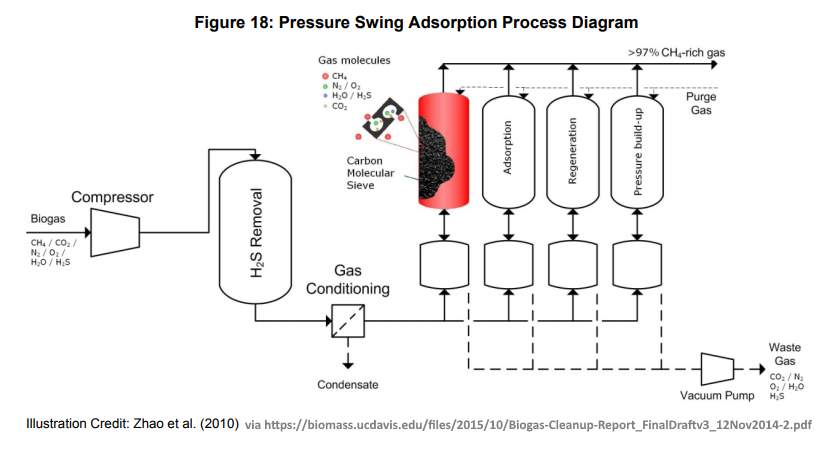ஓம் நமோ நாராயணா ஓம் நமோ நாராயணா ஓம் நமோ நாராயணா
1 அன்னதானம் செய்தல் விரும்பிய உலகத்தில் ஒரு வருடம் வீதம் சுகித்திருப்பார்.*
2 கோ தானம் செய்தல் கோலோகத்தில் வாழ்வர்*
3 பசு கன்றீனும் சமயம் தானம் கொடுத்தவருக்கு கட்டாயம் வைகுண்ட வாசம் உண்டு*
4 குடை தானம் செய்தவர் 1000 ஆண்டுகள் வருணலோகத்தில் சுகம் அனுபவிப்பார்*
5 தாமிரம்,; நெய், கட்டில்,; மெத்தை, ஜமுக்காளம், பாய்,; தலையனை இதில் எதை தானம் செய்தாலும் சந்திலலோகத்து சுகங்களை அனுபவிப்பார்*
6 வஸ்திர தானம் கொடுத்தவருக்கு 10000 ஆண்டுகள் வாயுலோகத்தில் வாழ்வார்*
7 இரத்தம்,; கண்,; உடல் தானம் கொடுத்தவருக்கு அக்கினிலோகத்தில் ஆனந்தமாயிருப்பார்*
*8 ஆலயத்துக்கு யானை தானம் கொடுத்தவருக்கு இந்திரனுக்கு சமமான ஆசனத்தில் அமர்ந்திருப்பார்*
*9 குதிரையும், பல்லக்கும் தானம் கொடுத்தவருக்கு 14 ஆண்டு இந்திரன் காலம் வரை வருணலோகத்தில் வாழ்வார்*
*10 நந்தவனங்களை ஆலயத்துக்கு அளிப்பவர் ஒரு மன்னன் வாழ்ந்தகாலம் வாயுலோகத்தில் வாழ்வார்*
*11 தானியங்களையும், நவரத்தினங்களையும் தானம் கொடுத்தவருக்கு மறு ஜென்மத்தில் அறிவாளியாகவும் தீர்க்காயுள் கொண்டவராயும் வாழ்வர்*
*12 பயன் கருதாது தானம் செய்பவரின் மரணம் உன்னதமாயிப்பதோடு மீண்டும் பிறவி வாய்ப்பதில்லை*
*13 நற்செயலை விரும்பி செய்கிறவர்கள் சூரியலோகத்திற்கு செல்கிறார்கள்*
*14 தீர்த்த யாத்திரை புரிகின்றனர் சத்தியலோக வாசம் கிட்டுகிறது*
*15 ஒரு கன்னிகையை ஒழூக்கமாக வளர்த்து விவாகம் செய்து கொடுப்பவருக்கு 14 ஆண்டு இந்திர ஆயுட்காலம் வரை அமராவதியில் சுகித்திருப்பர்*
*16 பொன் வெள்ளி ஆபரணங்களைத் தானம் கொடுத்தவருக்கு குபேர லோகத்தில் ஒரு மன் வந்தரம் வாழ்வார்*
*17 பண உதவி செய்பவர்கள் ஸ்வேத தீபத்தில் நெடுங்காலம் வாழ்வார்கள்*
*18 நீர் நிலைகளை சீர்திருத்துபவரும,; உண்டாக்குபவரும் ஜனலோகத்தில் நீண்டகாலம் ; வாழ்வார்கள்*
*19 பயனுள்ள மரங்களை நட்டுப் பாதுகாப்பவர் தபோ லோகத்தை அடைகிறார்*
*20 புராண நிகழ்ச்சிகளைக் குறிக்கும் சிற்பங்களையுடைய கோபுரம் கட்டும் செலவினை ஏற்றால் 64 ஆண்டுகள் பரமபத்திலிருப்பான்*
*21 தெய்வம் பவனி வரும் வீதிகளை செம்மைப்படுத்துபவர் 10000 வருடங்கள் இந்திரலோகத்தில் சுகித்திருப்பார்.*
*22 பௌர்ணமியில் டோலோற்சவம் செய்பவர் இம்மையிலும் மறுமையிலும் இன்பமடைவார்.*
*23 தாமிரப்பாத்திரத்தில் எள்ளைத் தானம் கொடுத்தவருக்கு நற்குலத்தில் உதித்து திடகாத்திரமாக கீர்த்தியோடு பிரகாசிப்பார்*
*24 சுவையான பழங்களைத் தானம் கொடுத்தவருக்கு ஒரு கனிக்கு ஒரு ஆண்டு வீதம் கந்தர்வ லோகத்தில் சுகித்திருப்பார்*
*25 ஒரு சொம்பு நல்ல தண்ணீரை நல்லவர்களுக்குத் தானம் கொடுத்தவருக்கு கைலாய வாசம் கிட்டும்*
*26 அருணோதயத்தில் கங்கையில் நீராடுபவர் 60000 ஆண்டுகள் பரமபத்திலிருப்பர்*
*27 விரதம் நோன்புகளை பக்தியுடன் கடைபிடிப்பவர் 14 ஆண்டு இந்திர ஆயுட்காலம் வரை சொர்க்கபுரியில் வாசம் செய்வர்*
*28 சுதர்சன ஹோமமும்,; தன்வந்திரி ஹோமமும் செய்பவர் ஆரோக்கியவானாக சத்ருக்களில்லாதவராக தீர்க்காயுளுடன் வாழ்வர்*
*29 ஷோடச மகாலெட்சுமி பூஜையை முறையோடு செய்பவர் குலம் பதினாறு பேறுகளையும் பெற்று பெருமையுடன் விளங்குவர்.*
*30 இதைப் படிப்பவரும், கேட்பவரும், புண்ணிய காலங்களில் தானம் கொடுப்பவரும் தனது அந்திம காலத்தில் நல்ல உலகத்தை அடைந்து இன்புறுவார்கள். அவர்களின் பெற்றோரும் பித்துர்களும் முக்தி பெறுகின்றனர்.
ஓம் நமோ நாராயணா ஓம் நமோ நாராயணா ஓம் நமோ நாராயணா
Thanks
JSK ஆன்மீகம்- அறிவுரை-இந்துமதம்










